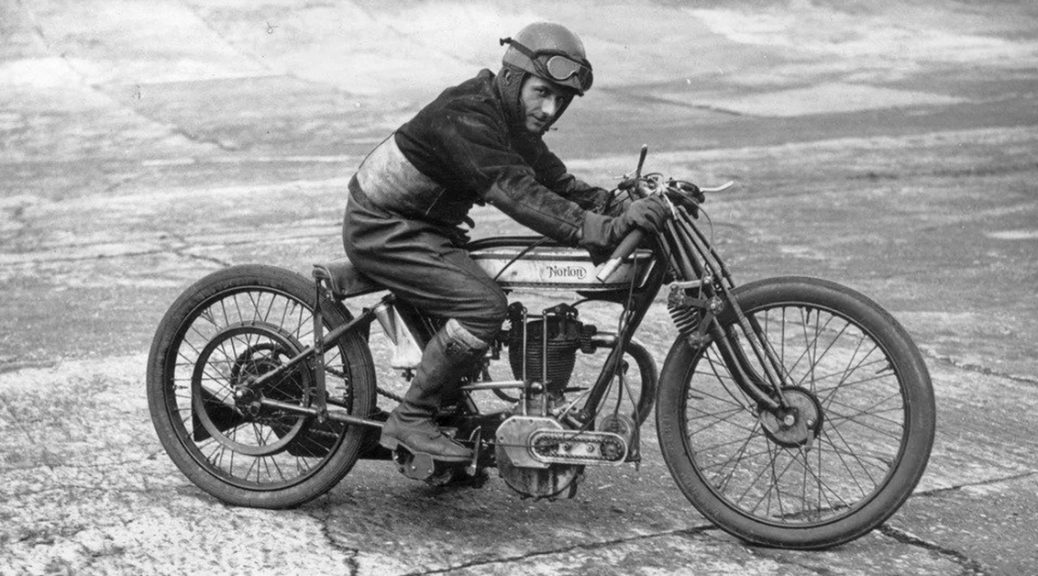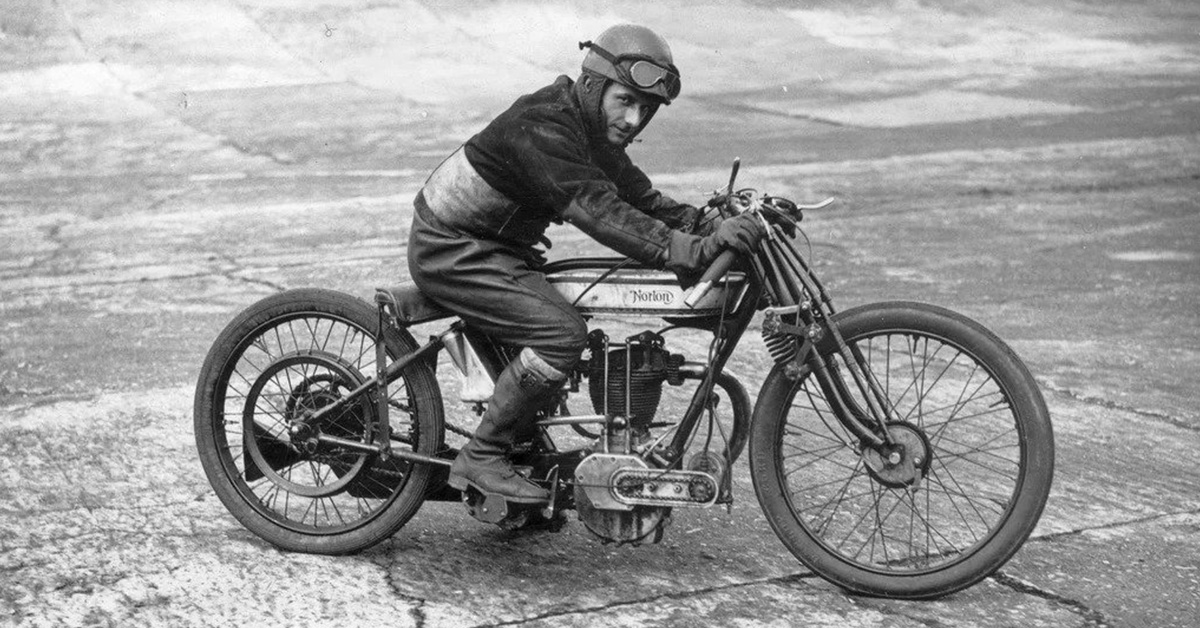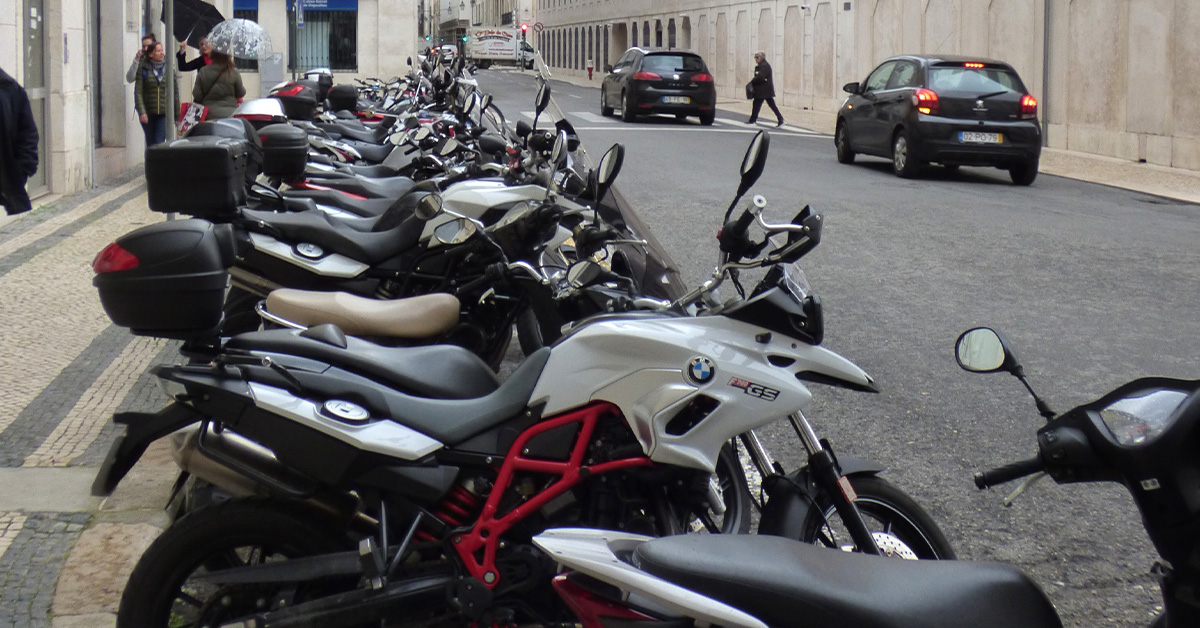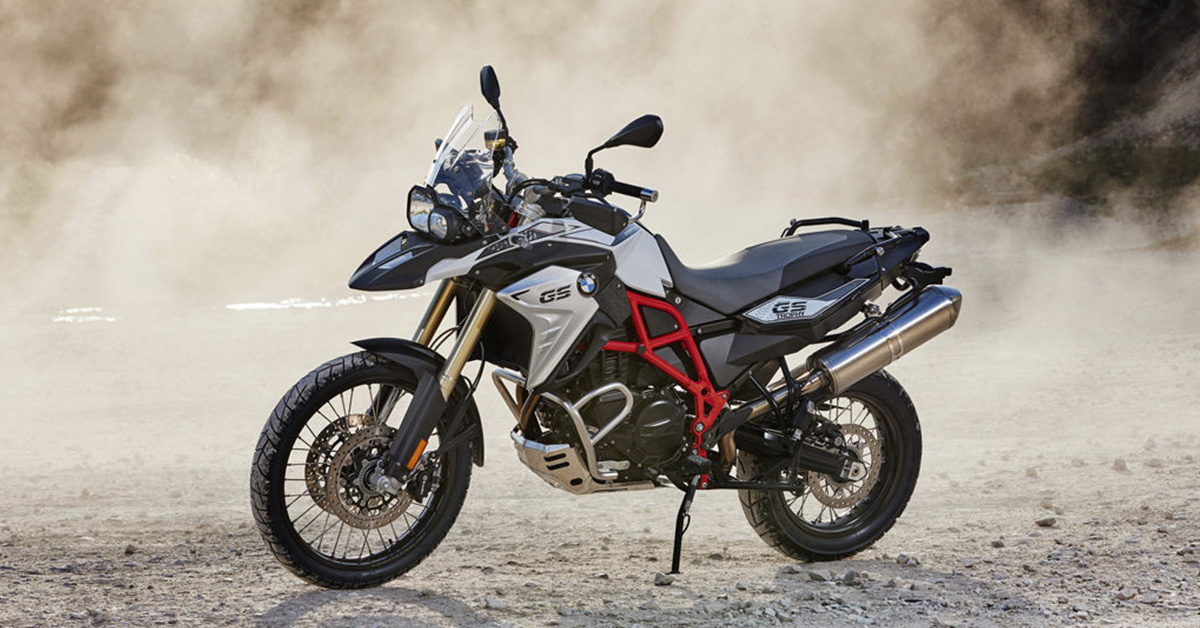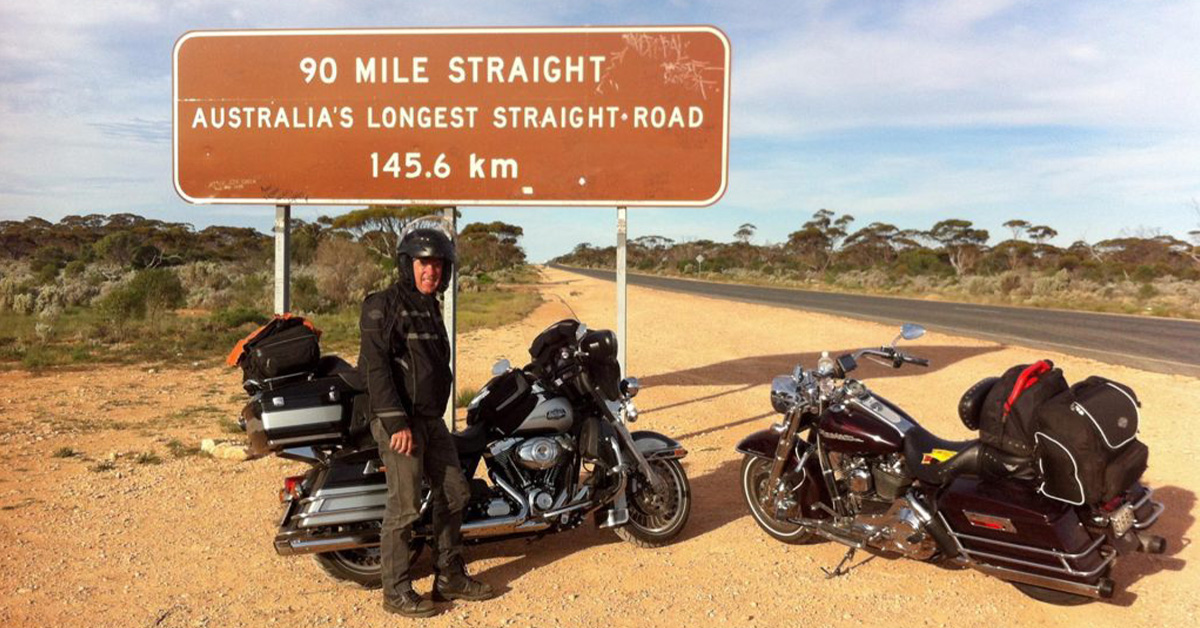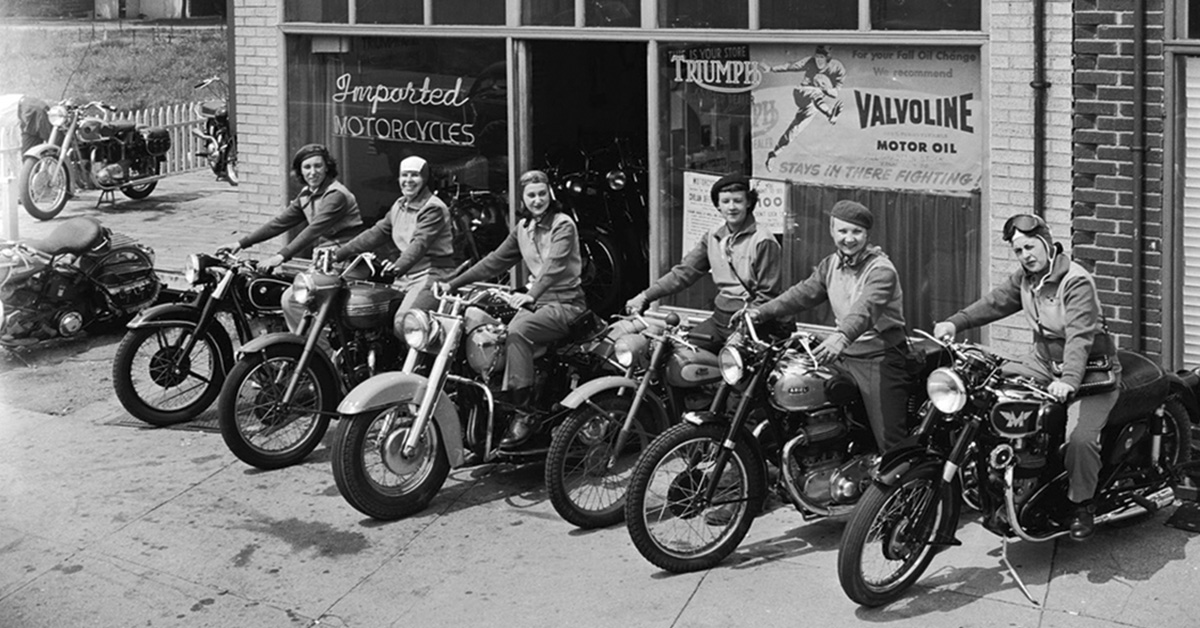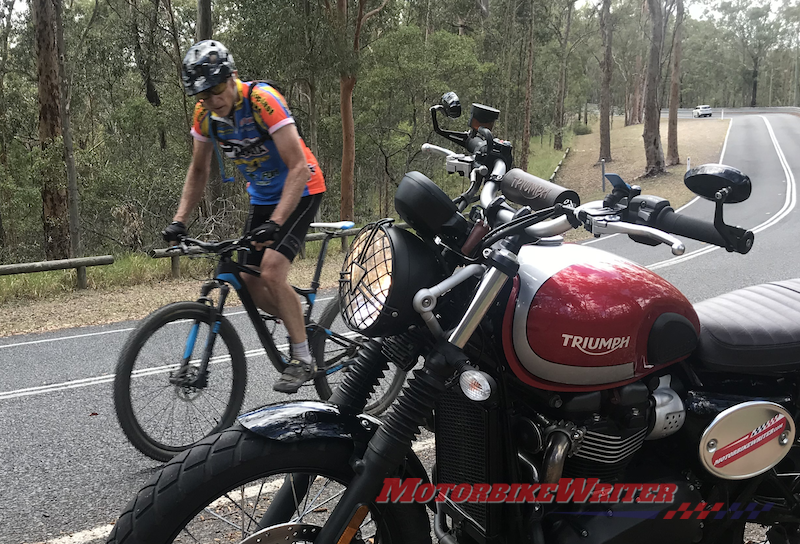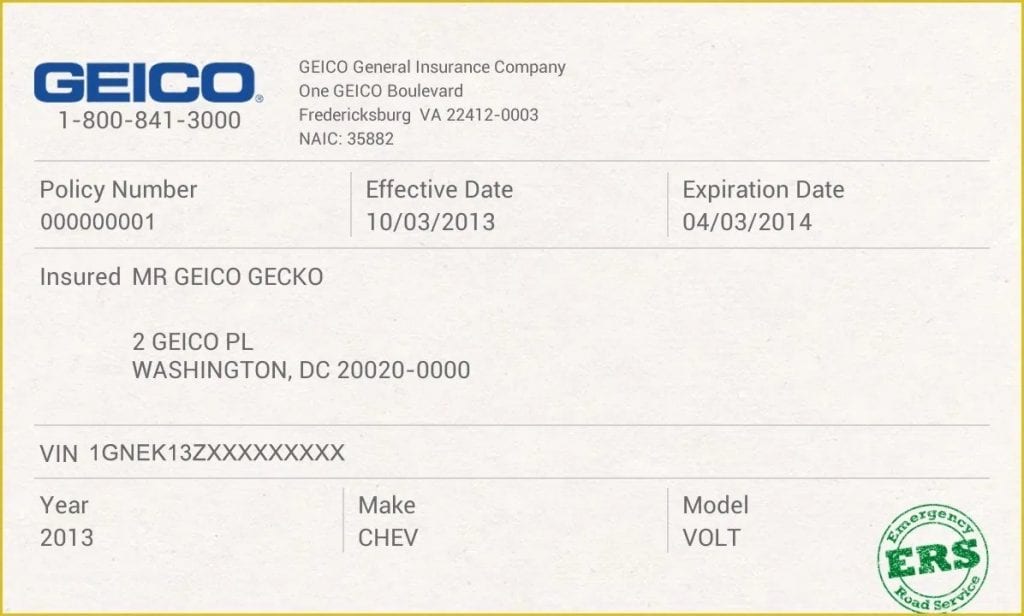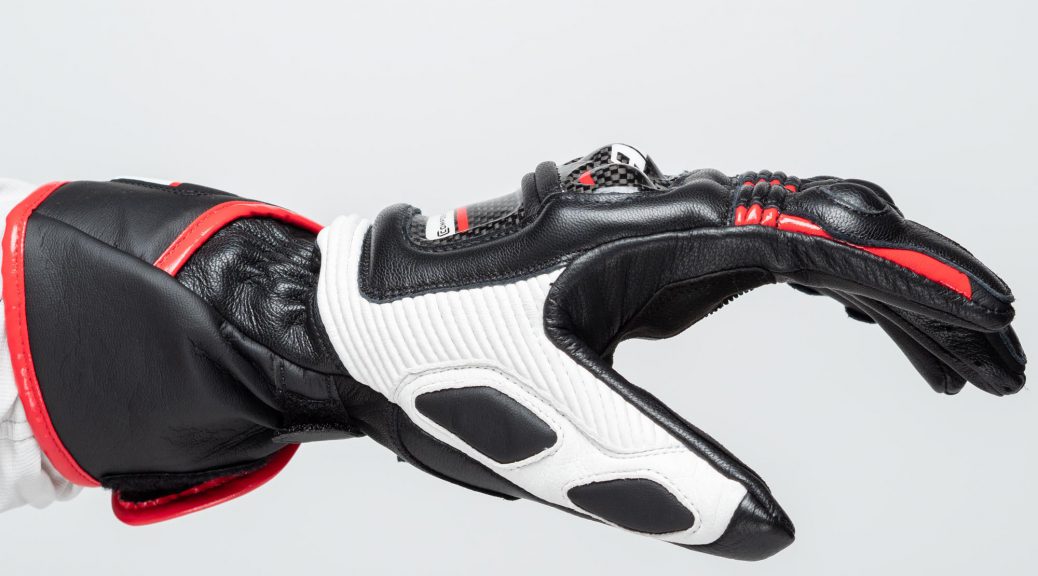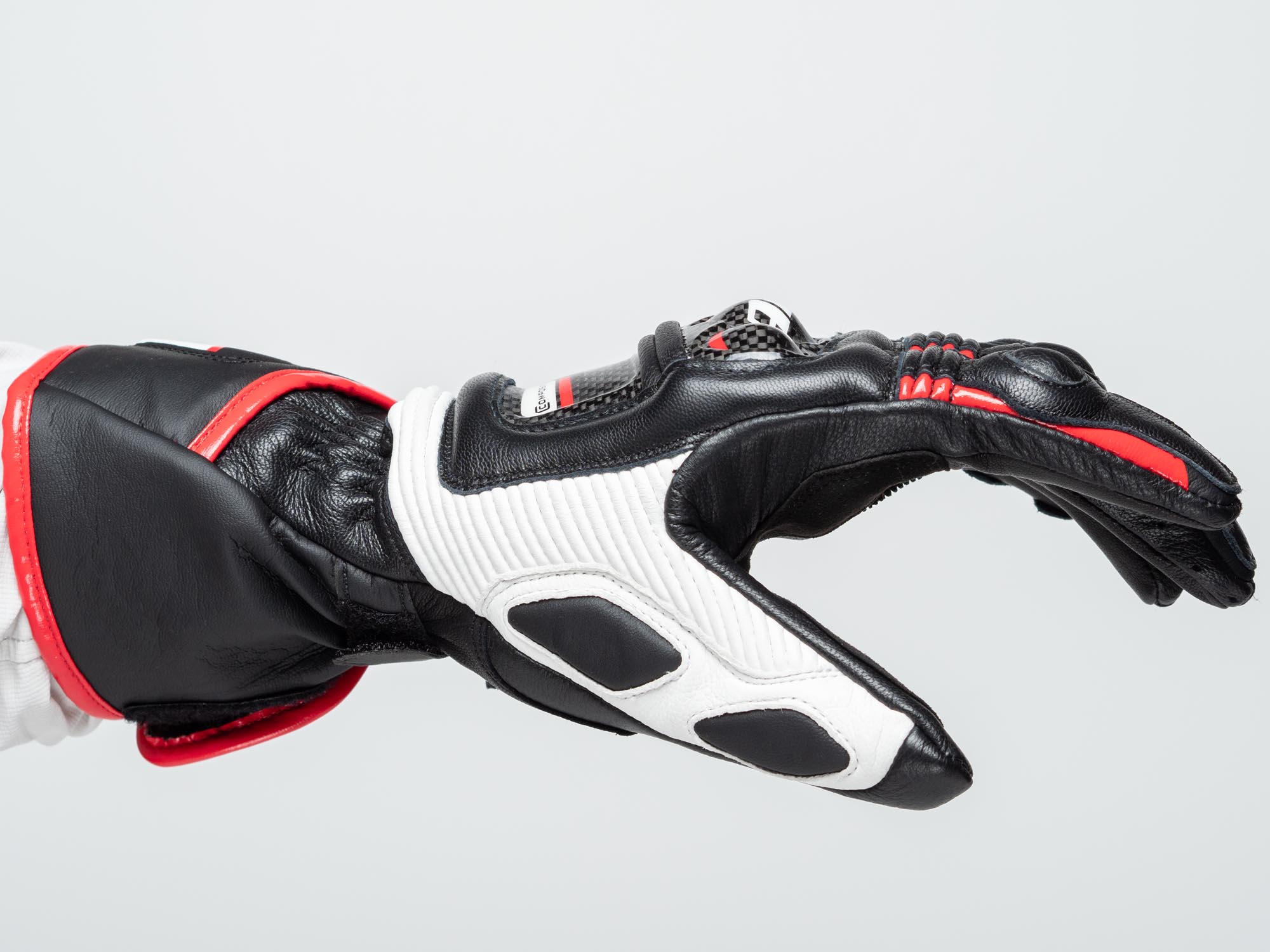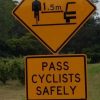Motorcycles are iconic and versatile vehicles loved worldwide. However, in the Western world, they enjoy popularity mainly as vehicles for recreation rather than a means of transport, in stark contrast to the way they are often used in Asia, Latin America, and certain European countries.
In many Asian and Latin countries, a good portion of their population has incorporated motorcycles as their primary form of transportation. Of course, this is more common in big, busy cities, where these vehicles are essential to daily life. Conversely, it’s fascinating to see how motorcycle culture has expanded around the globe, with many regions in the West developing riding styles and cultures that are completely unique.
For many enthusiasts in Western countries, motorcycles are equal parts for recreation and fun. However, each country has slight differences in their taste for specific motorcycles and even in riding habits—such as lane splitting/filtering, riding on the shoulder, or using a bike to transport cargo.
Via Motorcycle.com.
The Origins of the Motorcycle
The origins of the motorcycle date back to 1867 when Calixto Rada invented a steam-cylinder engine and coupled it with a modified bicycle. Then in 1876, a German engineer named Nikolaus Otto invented the first internal combustion engine, paving the way for a multitude of motorized vehicles.
Another German engineer named Daimler manufactured the first motorcycle in history in 1885. It had a wooden frame, on which was mounted a combustion engine that transferred power to the rear wheel by a belt. The motor was located vertically between the two wheels.
The saddle was so high that the driver’s feet did not touch the ground. The spokes of the wheels of the Daimler were also made of wood, and the motorcycle was balanced with two small wheels fixed on each side.
Then, in 1894, Hildebrand and Wolfmüller presented the first motorcycle manufactured in series for specific commercial purposes in Munich.
During the same era, other motorcycle manufacturers became famous, such as Matchless (1899), Norton (1898), Indian (1901), and Harley Davidson (1903).
The first bikes had no gearbox or clutch, so to start, you had to run next to the bike and then jump on top of the saddle once the engine had started. In short, you played a game of skill just to not reach more than 25 mph.
In North America, it’s practically impossible to overlook motorcycles’ impact on culture. Almost as soon as these two-wheeled vehicles arrived, they developed a deep significance in the North American psyche. The result, brewed through decades of innovation and social movements, is what we know today as motorcycle culture across the western world.
Still, nowadays, there isn’t just one type of motorcycle culture. Instead, motorcycling is an incredibly diverse activity with many aspects and interest groups that vary from region to region.
How Motorcycle Culture in North America Differs from Europe & Australia
Via Yahoo.
North America
Some differences between the American and European motorcycle cultures, for example, are more evident in how and why people ride—and on the bikes and apparel they choose to use. This stems from the different origins of the two movements.
While motorcycles had been around in the U.S. and Canada since the late nineteenth century, motorcycling really took off after World War II. Many returning veterans had difficulty re-adjusting to civilian life after their wartime experience.
Those traumatic experiences helped them develop a high-risk tolerance and made them feel more comfortable in the company of other men in dangerous situations. So, naturally, they gravitated to riding motorcycles. Some of these early riders even formed the motorcycle clubs and gangs that still exist today. Back then, riding a motorcycle in North America was a lifestyle choice.
One of the key factors here was that riding a motorcycle was an act of nonconformity to social norms or rebellion. Instead, the riders reveled in a tough-guy image and apparent disdain for personal safety.
This continues to some extent today. Many riders in North American motorcycle culture are fans of (or at least fascinated by) Harley-Davidsons, which have become a symbol of nonconformity and rebellion for several decades and an essential piece of Americana.
And while Harley Davidson doesn’t endorse motorcycle gangs, it doesn’t do much to distance itself from the scene. The reason for this might be that more hardcore enthusiasts account for a good number of Harley sales.
Still, although the motorcycle culture in the United States is mainly associated with Harleys since they represent approximately 30% of sales by brand, they are not the only popular motorcycles in this country.
Via Swan Insurance.
There are also many extremely popular sports bikes like the Kawasaki Ninja 400, dirt bikes like the Honda CRF450R, and even ATVs like the Yamaha Raptor 700R.
Regarding riding habits, California and Montana remain two of the only U.S. states to formally allow lane splitting or filtering. Still, researchers and motorcycle experts claim lane splitting can reduce traffic and improve roadway safety. Lane splitting is a contentious topic depending on where you are. American lane-splitting laws are very different from Canadian ones, for example.
As far as riding on the shoulder, that’s not legal in the U.S. (except in Hawaii). The shoulder may look inviting in stop-and-go rush hour traffic, but riding there is a bad idea in most of the United States.
Considering that motorcycles in the United States are more of a hobby than a means of transportation, it is not that common for them to be used to transport cargo. However, in many countries where motorcycles are a popular means of transportation, it is common to see them hauling things around. For example, in Mexico, they are the most common means of food delivery.
Via Revzilla.
Europe
As opposed to the motorcycle history in North America, the origin of European motorcycling had little to do with nonconformity or rebellion. Back then, fewer Europeans could afford automobiles in the decades after the war—and cars were less practical, since they often traveled to congested areas with narrow streets.
Since motorcyclists in Europe relied on their bikes for daily transportation, they also had to ride in all kinds of weather. So, their bikes and the apparel had to be reliable and practical rather than a statement of rebellion.
Nowadays, European motorcycles and motorcycle apparel tend to concentrate on innovative technology, performance, and especially safety rather than a retro aesthetic. You rarely see someone on a motorcycle without a helmet, other protective gear, extremely loud mufflers, or straight pipes.
European bikers are also likely to ride through rough weather conditions rather than putting up their bikes. And they’re much more likely to take safety courses and ride in a more conservative manner.
Via Dude Shopping.
In terms of popular motorcycle models in Europe, the ones that take the title of best-sellers are usually adventure motorcycles and scooters. For example, models like the BMW R 1250 GS Adventure or the Peugeot Kisbee 50 tend to be popular. Street bikes like Yamaha’s MT-09 are also best-sellers in Europe.
Unlike in the United States, motorcycling is very popular in Europe as a sport because the most important championships take place there—for example, look at the MotoGP or the FIM Superbike championships, where most of the races occur in Europe and only a few happen in other continents.
Regarding riding habits in Europe, things like lane filtering or splitting are often handled differently. Lane filtering is legal in many European countries. In some countries, motorcycle riders are expected to split lanes in city traffic and on the roads. However, lane splitting is sometimes frowned upon, especially in a few countries (like Germany). In those places, although it may still be legal to filter, there are strict rules.
In Europe, it is also more common to see motorcycles carrying cargo, particularly scooters and other small motorbikes used as workhorses—like in small shops with delivery services.
Via ABC.
Australia
Motorcycle culture is deeply rooted in Australia in terms of history, but not necessarily in terms of popularity. It shares some similar characteristics with how people in the United States tend to use these vehicles. Still, there are many differences in driving habits. Overall, motorcycles in this part of the world are relatively scarce since they are for personal and sporadic use.
A factor that can be dissuasive for Australians to use motorcycles instead of cars—compared to Europe, for instance—is that the conditions for riding a motorbike are slightly different in Australia. For example, the speed limits are lower, and the police are more aggressive. Also, there are different traffic rules.
For instance, lane filtering is legal (it wasn’t always like that), but you can only do it in low-speed traffic (like a traffic jam or at a light) and only if you’re going 20km/h (12 mph) or less. More than that, and you risk getting nabbed.
Via Gone Touring.
Another example of a cultural difference in using motorcycles is lane-changing etiquette. In Australia, other cars will typically slow down and let you in if you turn on your turn signal.
This cultural difference contrasts with using turn signals in the U.S., where other drivers might speed up and fill the gap instead of letting you in, making some people choose not to use turn signals or ride more aggressively to maneuver through traffic.
Some of the most popular motorcycles in Australia are dirt bikes like the Yamaha WR450F and the Kawasaki KLX110. Although you’ll see a fair amount of cruisers and touring bikes down under as well.
Via Woman Rider.
Motorcycles in the western world are very ingrained in popular culture—and the motorbike continues its evolution, whether as a hobby, a means of transportation, or even as a work tool. In some cases, like the United States, motorcycle sales have never been hotter. Recently released data shows the U.S. motorcycle industry is riding a more significant sales peak than it’s seen in 20 years.
Source: MotorbikeWriter.com

